Understanding Emotional Eating in Midlife
If you’ve ever reached for a snack not out of hunger—but out of stress, boredom, sadness, or habit—you’re not alone. Emotional eating is incredibly common, especially after 40.
As a family nurse practitioner and a woman navigating this phase myself, I want to create a safe space to talk about the intersection of emotions and eating. You are not weak. You’re not broken. Emotional eating is a learned coping tool—and like any tool, it can be replaced.
This article isn’t about judgment. It’s about awareness, healing, and empowerment.
Hormones, Emotions, and Cravings: The Hidden Connection
Your emotional world and your hormonal health are deeply intertwined. When estrogen and progesterone begin to decline in your 40s and 50s, the emotional landscape shifts too.
You may notice:
- Mood swings
- Increased anxiety or irritability
- Crying more easily
- Feeling more overwhelmed than usual
At the same time, stress raises cortisol, and low mood often drops serotonin—the feel-good brain chemical that regulates mood and appetite.
What boosts serotonin quickly? Sugar. Processed carbs. High-fat comfort foods.
So when you’re feeling emotionally depleted, your body doesn’t crave salad—it craves relief. Food becomes the shortcut to feeling good.
Common Triggers for Emotional Eating After 40
Let’s bring some compassion to the table. Many of us were never taught how to sit with emotions. Food became the easiest, safest way to soothe discomfort.
Some common midlife emotional eating triggers include:
- Stress from work, caregiving, or family conflict
- Loneliness or isolation (especially for empty nesters or divorced women)
- Grief and loss (of a parent, relationship, or even a stage of life)
- Hormonal mood swings
- Boredom or unstructured time
The good news? Triggers aren’t failures. They’re invitations for deeper care.
Strategies to Manage Emotions Without Food
You can’t avoid emotions—but you can learn new ways to respond to them.
Here’s a nurturing framework I teach women in midlife:
1. Pause Before You Eat
Before reaching for food, ask:
“Am I physically hungry—or emotionally needing something?”
Even a 60-second pause creates space for awareness.
2. Name the Feeling
Try saying it out loud or writing it down:
“I feel anxious and overwhelmed.”
Naming emotions diffuses their power.
3. Create a Nurture List
Make a menu of non-food ways to comfort yourself:
- Take a walk
- Call a friend
- Journal
- Take a bath
- Listen to music
- Stretch
Keep this list on your fridge or phone.
4. Breathe Through the Craving
Try this simple grounding practice:
- Inhale for 4 counts
- Hold for 4
- Exhale for 6
- Repeat 3–5 times
Cravings often pass in less than 10 minutes when we ride them like a wave.
5. Forgive Yourself and Move On
If you do emotionally eat—pause. Breathe. Reflect.
No guilt. No “starting over tomorrow.” Just a return to kindness.
Healing Your Relationship with Food and Body Image
After 40, many women feel disoriented. The body changes. The metabolism slows. You might not recognize yourself—and that can create shame, leading to more emotional eating.
But food is not the enemy. Neither is your body.
Here’s what I know to be true:
- Your worth is not your weight.
- Your body deserves to be fed, not punished.
- Healing happens in grace, not guilt.
🩺 As a Nurse Practitioner, I always remind women: Emotional eating isn’t a character flaw—it’s a coping mechanism. And it can be gently unlearned.
Final Thoughts from Me to You
You don’t need more rules. You don’t need to cut out joy. You need tools. You need compassion. You need nourishment—on every level.
Your journey with food can be one of healing and empowerment, not shame.
Emotional eating after 40 is an invitation:
To check in instead of check out. To respond instead of react. To care for your emotions instead of silencing them.
You’re allowed to feel. You’re allowed to eat. And you’re allowed to grow into a more peaceful relationship with both.
I see you. I support you. And I believe you can create a new way forward—one kind choice at a time.

